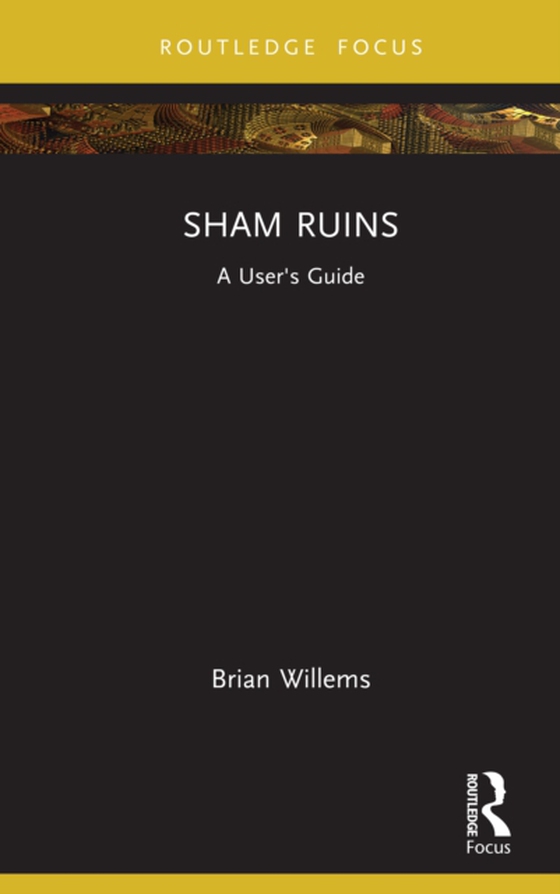
Sham Ruins e-bog
221,49 DKK
(ekskl. moms 177,19 DKK)
In the middle of the eigtheenth century, a new fad found its way into the gardens of England's well-to-do: building fake Gothic ruins. Newly constructed castle towers and walls looked like they were already falling apart, even on the first day of their creation. Made of stone, plaster, or even canvas, these "e;sham ruins"e; are often considered an embarrassing blip in English architectu...
E-bog
221,49 DKK
Forlag
Routledge
Udgivet
29 november 2021
Længde
70 sider
Genrer
History of architecture
Sprog
English
Format
pdf
Beskyttelse
LCP
ISBN
9781000529340
In the middle of the eigtheenth century, a new fad found its way into the gardens of England's well-to-do: building fake Gothic ruins. Newly constructed castle towers and walls looked like they were already falling apart, even on the first day of their creation. Made of stone, plaster, or even canvas, these "e;sham ruins"e; are often considered an embarrassing blip in English architectural history. However, Sham Ruins: A User's Guide expands the specific example of the sham ruin into a general principle to examine the way purposely broken objects can be used to both uncover old truths and invent new ones. Along with architecture, work by Ivan Vladislavic, Tom Stoppard, Alain Mabanckou, Aleksei Fedorchenko, Michael Haneke, and Sturtevant is used to develop this thesis, as well as artifacts such as pre-torn jeans, fake histories, and broken screen apps. Using these examples, one of the key questions the book raises is: what is it that sham ruins ruin? In other words, if real ruins are ruins of what they actually are, then sham ruins should be considered ruins of what they are not. Thus sham ruins are about imposing new meaning where such meaning does not and should not exist. They also can show how things we think are functioning well are actually already broken. Sham ruins do this, and much more, by being lies, ruses, and embarrassments. This is what gives them the power with which we can think about objects in new, unintended ways.
 Dansk
Dansk

